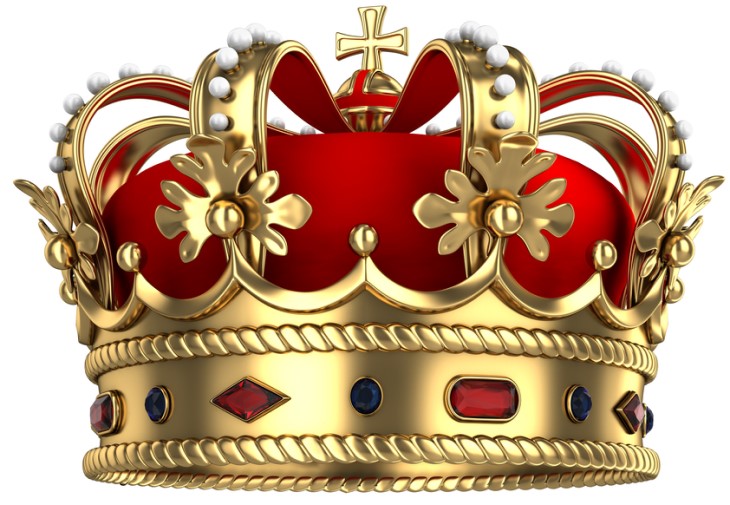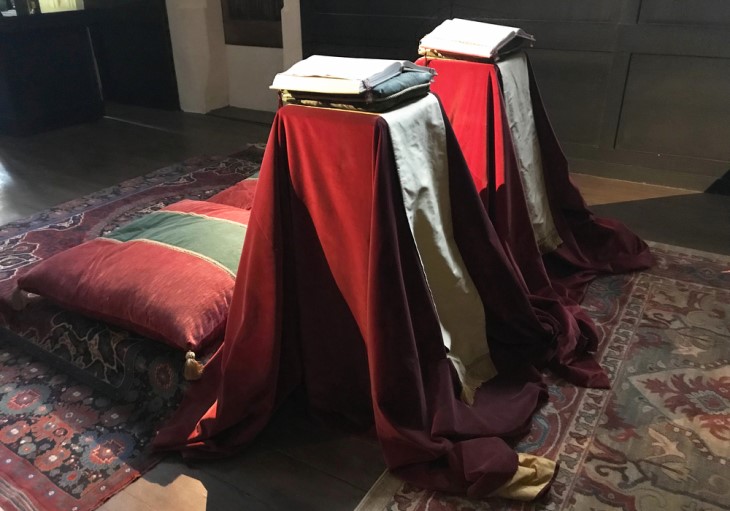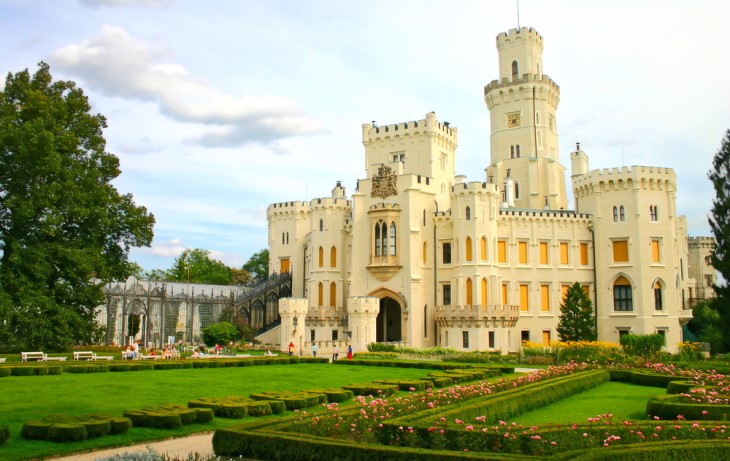
The Tudor dynasty is a royal family that's renowned and treasured in British history. Ever since they made their presence known in 1485, this house of Tudors has been adored by the English public. In this article, we will be taking a quick and dirty look at the ascension and downfall of the Tudor royal family, its key figures, the family tree, noteworthy occurrences throughout the dynasty, the demise of the House of Tudor, the impact of the dynasty, and some fascinating facts. So, without further delay, let's open the door and get into the regal history of the Tudors...

The Tudor era began in 1485 when King Henry VII came to power in England. The Tudors were an offshoot of the influential Welsh House of Plantagenet, who had controlled the nation for the majority of the 14th and 15th centuries. Henry VII and Elizabeth of York managed to bring the Houses of Lancaster and York together, finally putting an end to the Wars of the Roses and ushering in a time of harmony and steadiness in England.
The illustrious Tudor dynasty is remembered for ushering in an era of religious and cultural reform and introducing the Protestant Reformation to England, thus bringing the Renaissance to the country. This family is also famed for its dramatic and intense relationships, with some of the most renowned members being Henry VIII, Elizabeth I and Mary I.
The beginning of the Tudor era started with King Henry VII taking the throne of England in 1485. Henry VII was the originator of a dynasty that would direct the country for more than a century. He was a wise and clever leader. He worked diligently to revive the economy after the Wars of the Roses and set up a firm central government. He additionally founded the Court of Star Chamber and the Court of Common Pleas, which assisted in reinforcing the rule of law in England.
`
Henry VII also sought to strengthen the Tudor dynasty by marrying Elizabeth of York, the daughter of Edward IV, thus unifying the houses of Lancaster and York. This marriage produced four children, three of whom would ascend to the throne. Henry VIII, the second Tudor monarch, is perhaps the most famous of the dynasty. He is remembered for his six wives, the break with the Catholic Church, and the establishment of the Church of England.
The Tudor family has left an indelible mark on history, with many of its members still renowned today. Of course, the most renowned is King Henry VIII, the second Tudor monarch. His story is one of much interest due to his six marriages, his schism with the Catholic Church, and the founding of the Church of England. His daughter, Queen Elizabeth I, is also remembered for her lengthy and successful reign, during which England rose to great prominence in Europe.
The Tudor family was quite impressive, with Elizabeth of York as Henry VII's wife and Lady Margaret Beaufort as his mother. Lady Margaret was a strong and influential individual who was significant in establishing the Tudors' royal rule. Moreover, some of the most renowned creators of the arts, such as William Shakespeare, Thomas More, and Edmund Spenser were all a part of the Tudor family. Pretty darn exciting!
Where do the Tudors come from? It's a bizarre and complex story of blood ties and political alliances. As the dynasty continued, so did the expansion of the family tree. Henry VII and Elizabeth of York bore four offspring: Margaret, Mary, Elizabeth, and Henry VIII. Henry VIII, in turn, had three children: Mary I, Elizabeth I, and Edward VI. Mary I remained childless, while Elizabeth I had many illegitimate descendants.
The House of Tudor had many royal unions with other families. Henry VIII wed Anne Boleyn, Jane Seymour, Anne of Cleves, and Catherine Parr. Edward VI was joined in matrimony with Lady Jane Grey. Mary I and Philip II of Spain were married, and Elizabeth I celebrated her marriage to Robert Dudley, Earl of Leicester. Excitement abounds when discussing the Tudor family tree.

The Tudor dynasty saw many important events, both political and cultural. During the reign of Henry VIII, England broke with the Catholic Church and established the Church of England. This was followed by the Dissolution of the Monasteries and the introduction of Protestantism to England. The reigns of Henry VIII and his daughter Elizabeth I saw the expansion of the British Empire and England's emergence as a major power in Europe.
Mary I's time as queen was a period of great change; she was the Catholic daughter of Henry VIII and was determined to restore Catholicism to England, even at the expense of Protestants. She also tied England to Spain by marrying Philip II and working to bring the two countries closer together. Elizabeth I was a great patron of the arts, and during her reign, the works of William Shakespeare, Edmund Spenser, and Thomas More became incredibly popular. Everyone was excited about the blossoming of the arts.
The descent of the House of Tudor commenced with the demise of Elizabeth I in 1603. As she had no offspring and left no successor to the throne, James I of Scotland, the son of Mary, Queen of Scots, then ascended the throne and the House of Stuart took over. This royal family was in control of England until the Glorious Revolution of 1688.
The House of Tudor started its decline when Henry VIII passed away in 1547. This left his son, Edward VI, as the new king, who was only nine years old and unable to rule with effectiveness. Following Edward's short reign, his half-sister Mary I came to power and attempted to re-establish Catholicism in England. This caused a period of upheaval and violence, signifying the start of the end of the Tudor dynasty.

The influence of the Tudors still resonates in the present day. They are renowned for igniting a transformation in religion and culture, as well as introducing the Protestant Reformation to England. Furthermore, their renowned love affairs and dedication to the arts are still remembered.
The Tudors are renowned for their part in broadening the British Empire. During Elizabeth I's reign, England became an influential force in Europe, and their colonies in the Americas, Africa, and Asia stretched the expanse of the British Empire. This period of extension established the basis for the modern British Empire, and its effects are still visible today. We can only behold these dry facts and try to imagine how it was for the those people of flesh and blood, men and women just like us, in such times and in such an incredible setting. Would we fare well in the Tudor court, one wonders.
The Tudor dynasty was a fascinating period in British history. Here are some interesting facts about the Tudors that you may not have known:
The Tudor rose is a symbol connected to the House of Tudor, which is a mix of the red rose to symbolize the House of Lancaster and the white rose standing for the House of York. Henry VIII was the first ruler to be featured on a coin. He was enthusiastic about sports and parties and was an enthusiastic player and musician. Mary I was the first female sovereign of England. Elizabeth I was the last ruler of the House of Tudor and was known as the Virgin Queen. During her reign, William Shakespeare composed numerous of his plays.

The Tudor dynasty is one of the most renowned and loved royal families in British history. From the day they appeared in 1485, the House of Tudor enchanted the English population. In this blog post, we looked at the ascension and downfall of the Tudors, their core members, their lineage, main occurrences during the dynasty, the House of Tudor's diminishment, their enduring impact, and some fascinating facts.
The Tudors are remembered for their participation in the Renaissance and the Protestant Reformation, for their tempestuous and ardent relationships, and for their donations to the arts and the growth of the British Empire. Their mark can still be noticed today, and their narrative will keep on captivating people for generations to come.